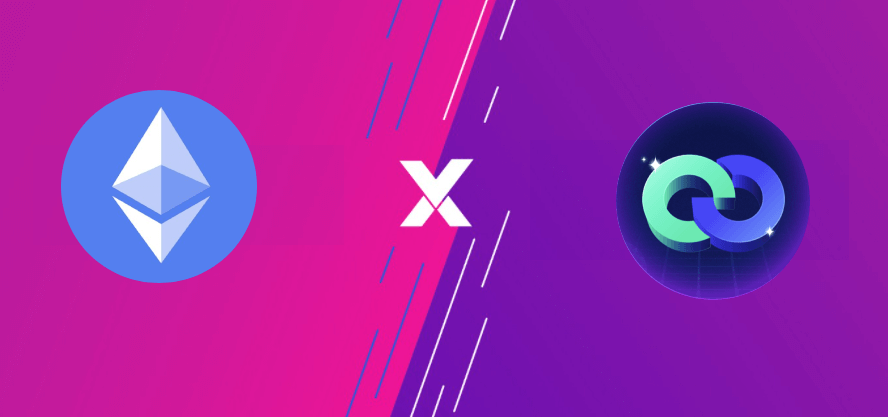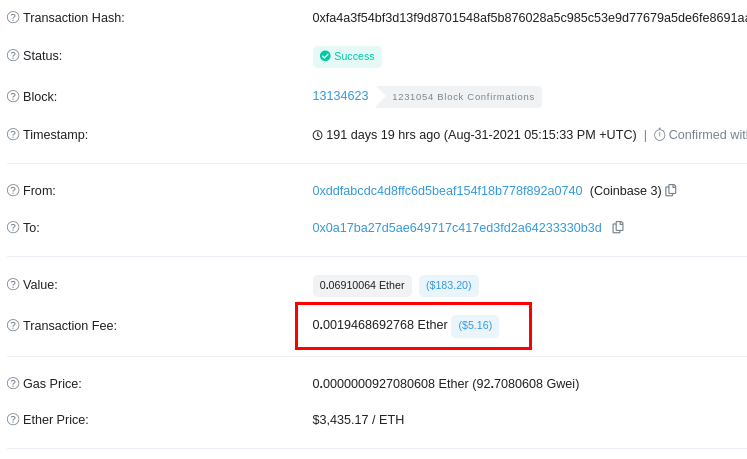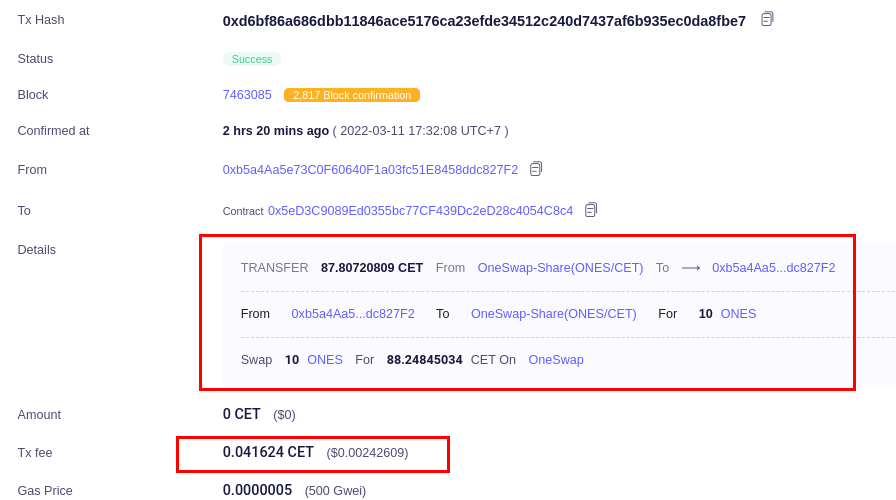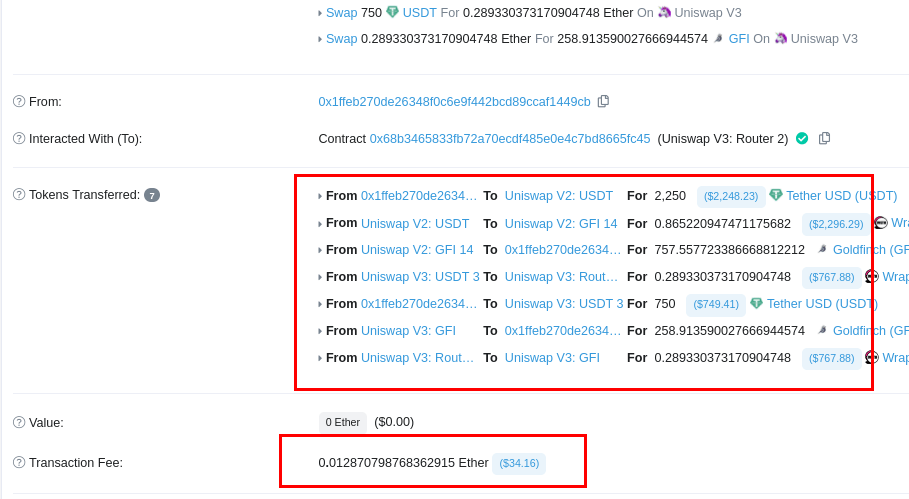
Coinex Smart Chain (CSC) is a fork of the Ethereum protocol, so CSC has similarities to the ethereum blockchain. But in the development of the coinex smart chain there have been some changes, to overcome the problems that existed in its predecessors ‘ethereum’
CSC blockchain came to be a solution to the problems that ethereum had, namely
- Overcome user complaints about very high gas transaction fees,
- Transaction queues are too long, so it takes 30-180 minutes for transactions to complete
- The problem of TPS or max transactions per second, on ethereum only accommodates 15 transactions per second
If you observe, coinex smart chain is very similar to ethereum, even DApps built on ethereum can be moved to Coinex Smart Chain easily, this is because CSC is compatible with Ethereum Virtual Machine or EVM. You may also notice that your wallet address is the same between the two networks, you just need to use one wallet address (eg use metamask) to access both blockchains, your address will be the same between CSC and ETH.
What is the Difference between Coinex Smart Chain and Ethereum
Coinex Smart Chain is a solution to the problems that occur in ethereum, CSC brings fresh air to DApps developers and traders, when they are too saturated with ethereum. Using the Coinex Smart Chain blockchain as the home of DApps is the perfect solution. All complaints and problems that occur on ethereum have been resolved by CSC
1. Comparison of Gas Fee is 1:3000
Gas fees or transaction fees will change depending on the gwei number on the blockchain. For example, when there are many transactions on ethereum, there will be a lot of queues, so many transactions are pending, at that time users will increase the GWEI of transactions to be high, this will have the effect of high transaction costs.
- When your transaction sends a native CET coin (coinex smart chain) you only need $0.0012 (using gwei 500)

- But if you send native ETH (ethereum) coin you need $5-$15 gas fee (when ethereum gas fee is 90-250)

Transactions will be more expensive when you send tokens or swaps, minting nft to deploy smart contracts, these fees are 3x to 10x more expensive than native coin sending transaction fees
- When sending CRC20 tokens or swapping (trading on Dex) on the coinex smart chain, you only pay $0.0035

- But when you send ERC20 tokens and trade on DEX ethereum , you need $30-$125 to pay the gas fee

2. Transaction Speed
Coinex smart chain is the blockchain of the future, when you transact (transfer-send) tokens, the CSC blockchain only takes 3 seconds to complete the transaction. Meanwhile, to trade or swap on the dex exchange, it only takes 4-5 seconds. This is something that is coveted by users or crypto lovers, this transaction speed is very suitable for gamefi, metaverse and project defi, users don’t need to take long to make transactions
On the ethereum blockchain, there are three levels of transactions, namely low medium and high, this differs in the number of gwei. If you choose high, then the ethereum blockchain will take 3-5 minutes to complete your transaction, but you will have to pay a higher gas fee. While ‘low’ is the opposite, you are charged a cheaper gas fee, but you have to be patient to wait for the transaction to complete, because ‘low’ takes 30 – 180 minutes for your transaction to be completed.
2. Transactions Per Second (TPS)
Coinex Smart Chain has a POS algorithm and with 101 Validator support which makes this blockchain truly decentralized. Currently the CSC Blockchain is capable of serving 600 transactions per second, even faster than the Binance smart chain blockchain which only accommodates about 250 transactions per second.
As for ethereum, I’m sure you already know it, ethereum can only accommodate 15 transactions per second, this is what makes the transaction queue very large and delays, you may even have to wait 3-5 hours for 1 transaction (if using low gwei gas ‘ low’)
3. Green Energy
With the POS consensus protocol or proof of stake, coinex smart chain is able to complete blocks in seconds, the POS protocol only requires a validator server, no need to use RIG or mining tools to process block settlement on the blockchain. This saves electricity, internet and hardware resources.
While ethereum uses the Proof of Work (POW) consensus protocol, to process blocks on the blockchain requires mining processes using RIG VGA. To build a mining rig requires a very large cost and requires a large amount of electrical energy as well. The operational costs are very large, to pay for electricity, internet and buy vga costs, this is not profitable when the price of ethereum falls.
Conclusion
CSC or Coinex Smart Chain is a refinement of the ethereum blockchain, gradually users or traders will leave the slow and expensive blockchain like ethereum, and start switching to fast & cheap blockchains like coinex smart chain.
To contribute to the CSC network (become a validator + staking) you only need a server and 10,000 CET coins, if calculated at current prices, it costs you less than $600 to buy 10,000 CET + $55 (server fee per month)
In contrast to ethereum, if you want to build a mining RIG, you need $10,000 + $700 (monthly internet and electricity costs). it will cost more, if you build more mining rigs, or use the latest version of vga
